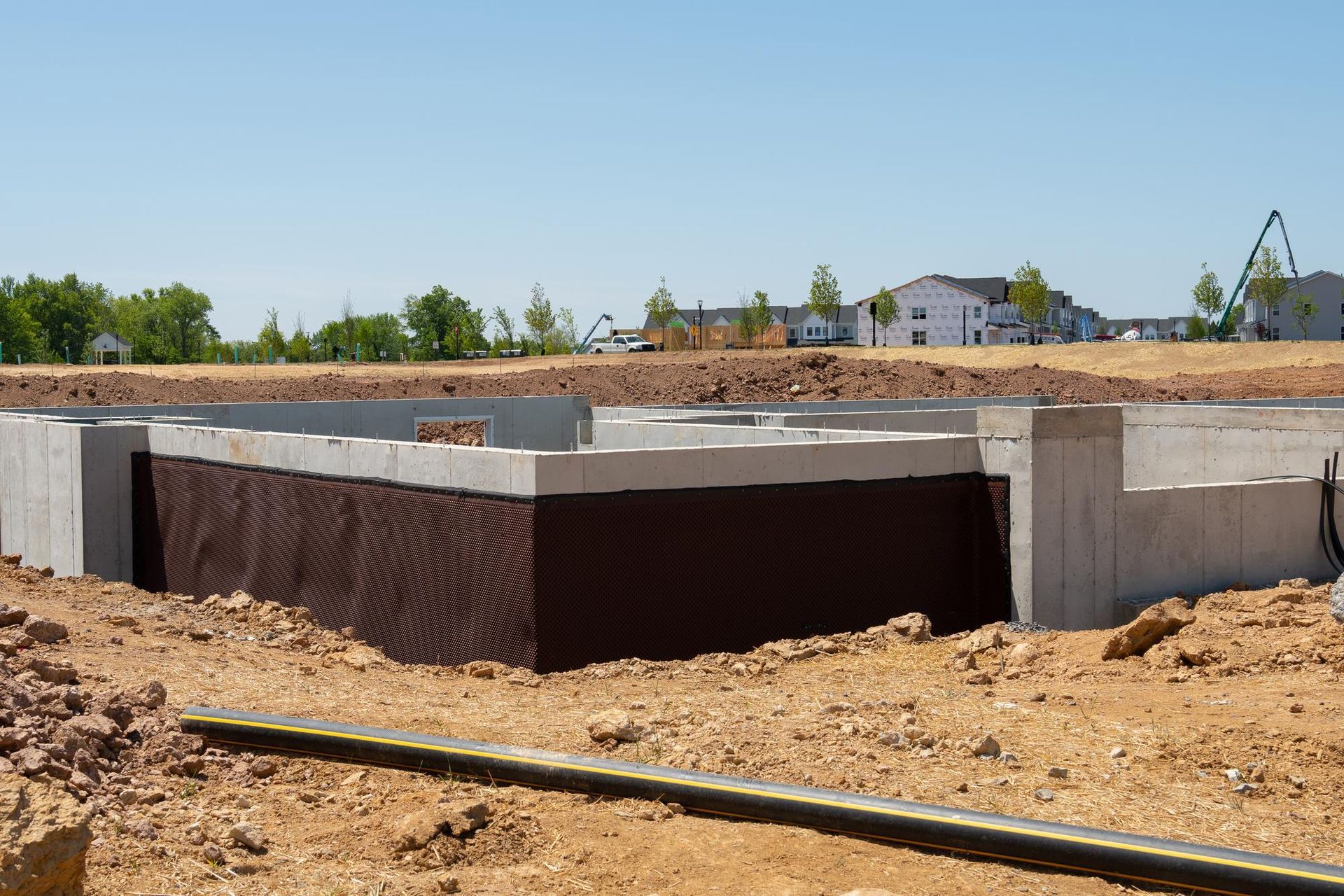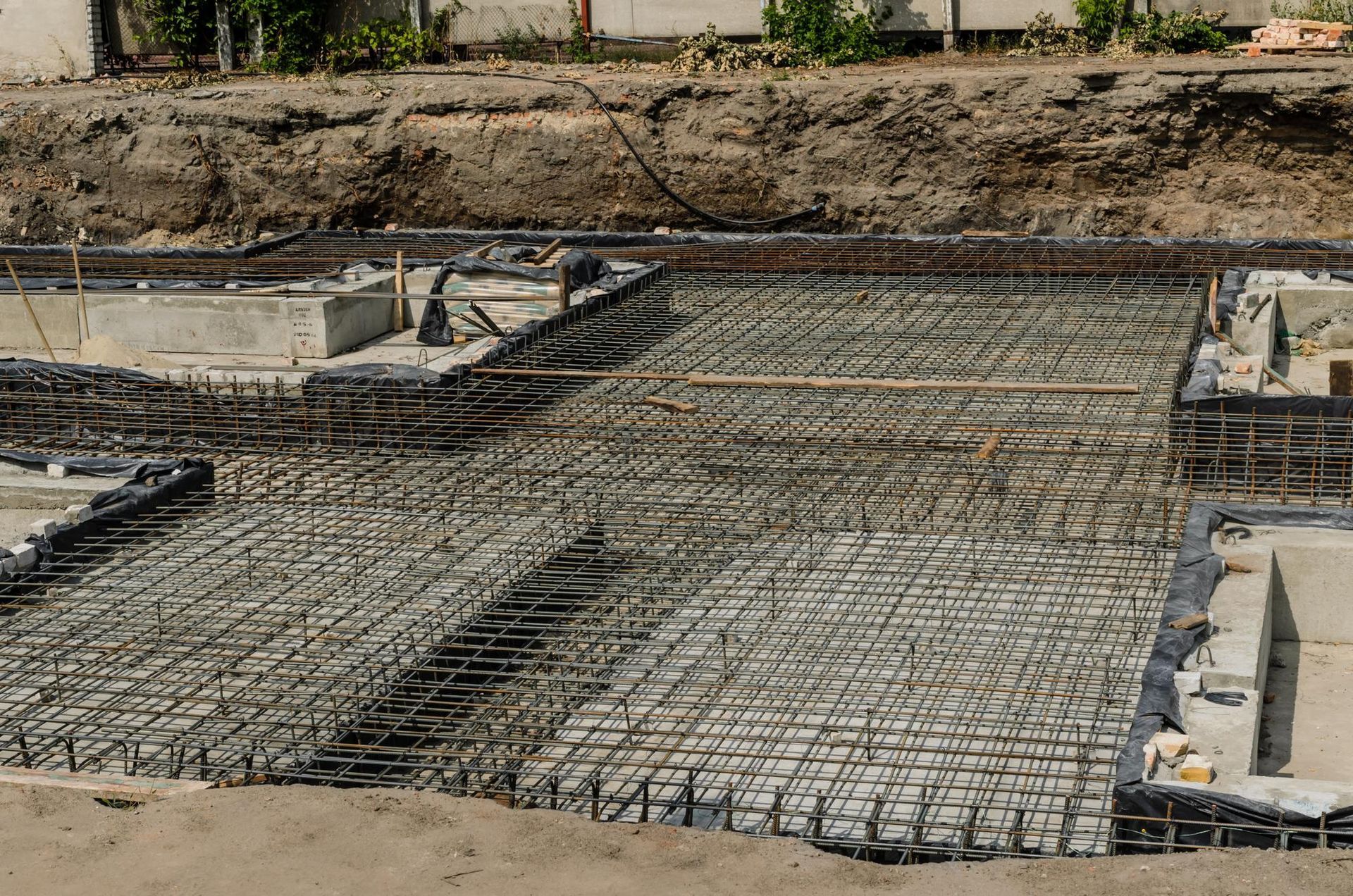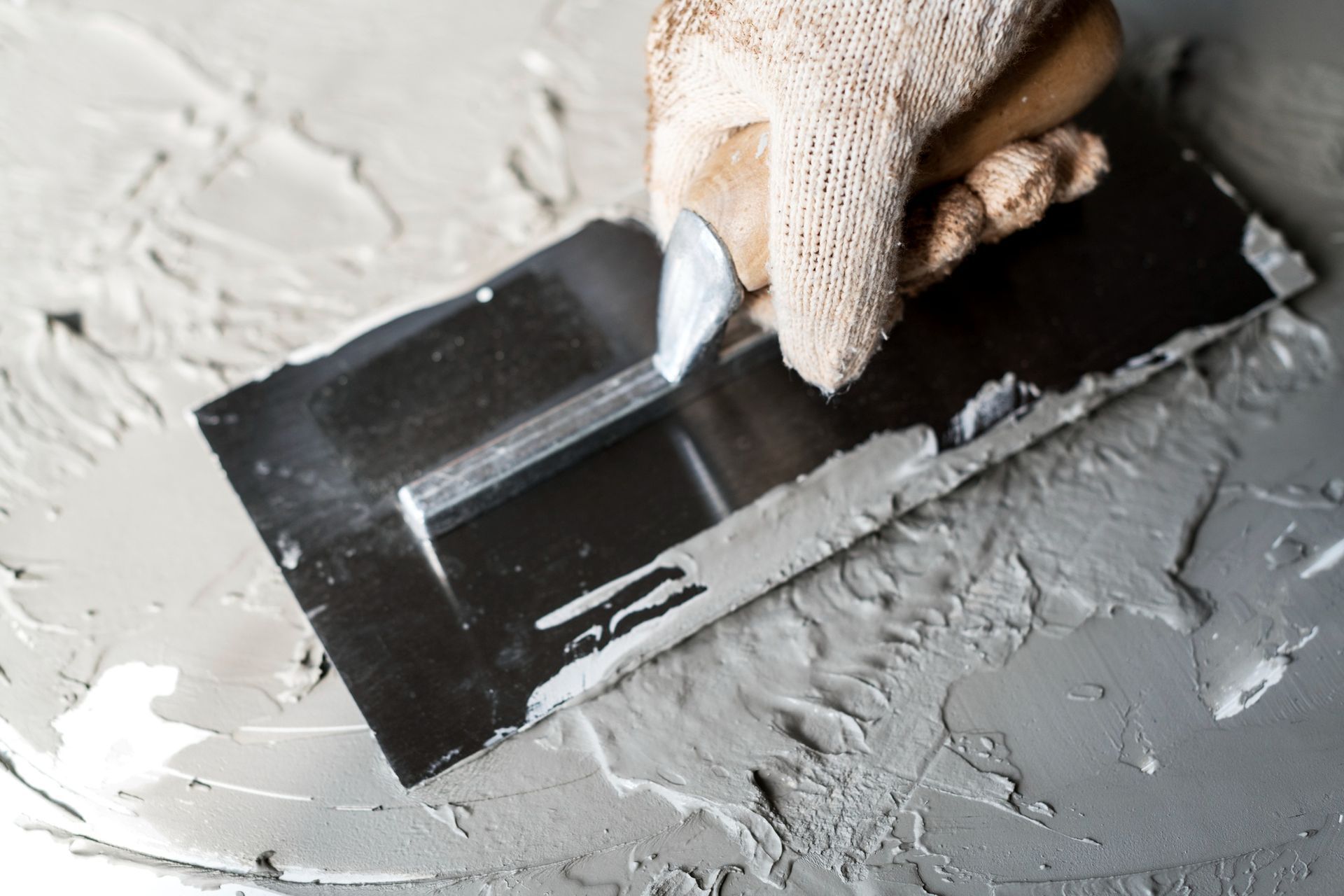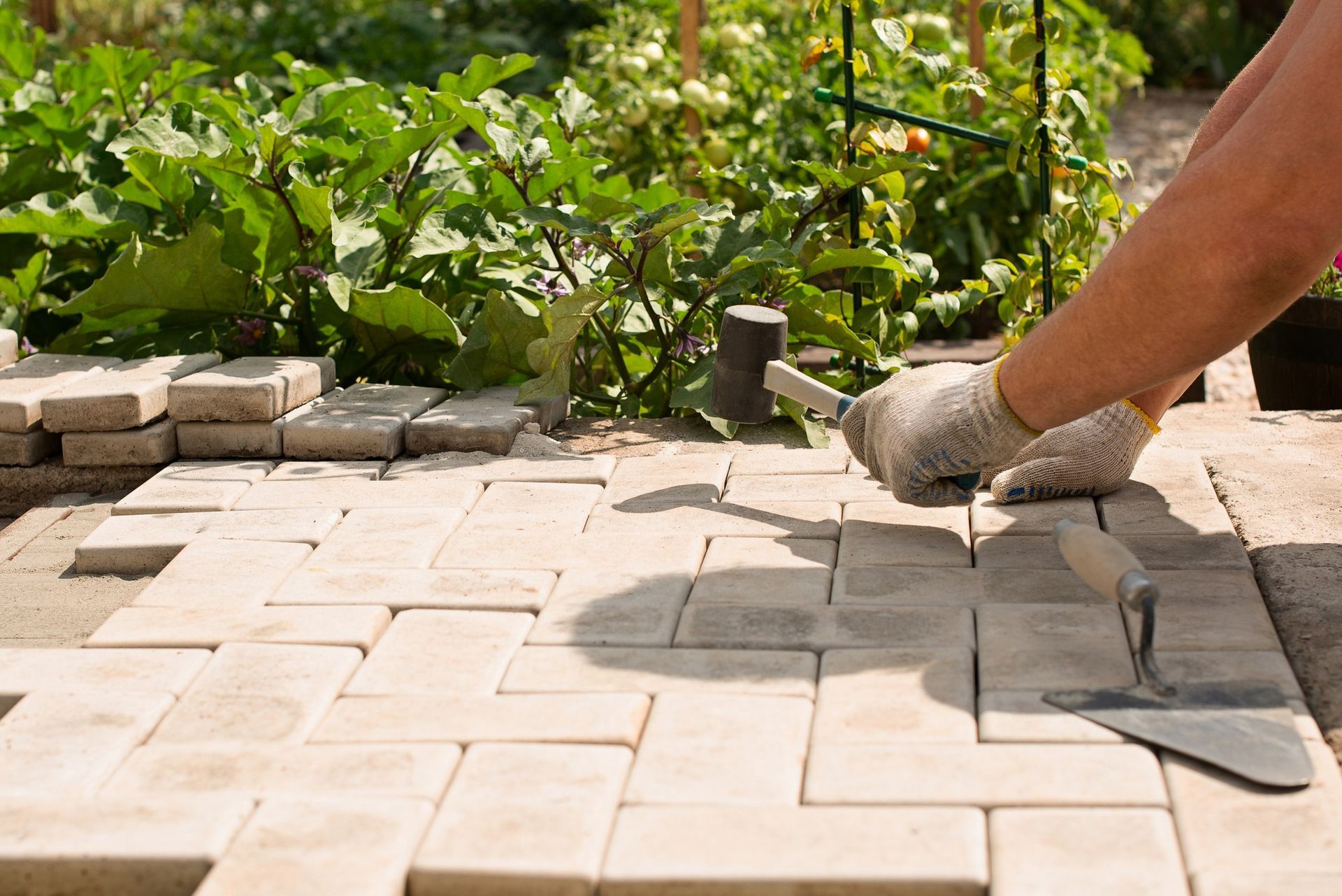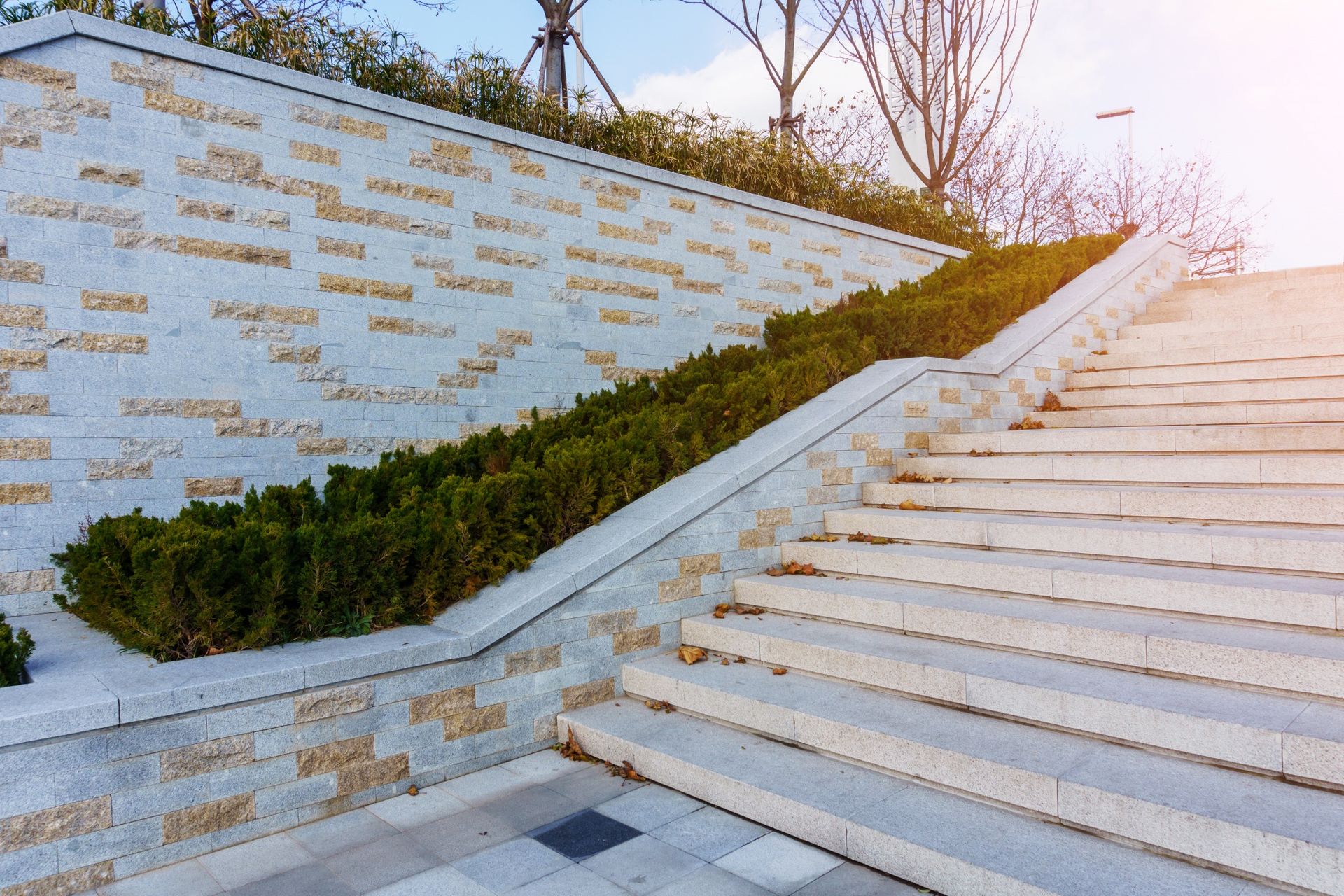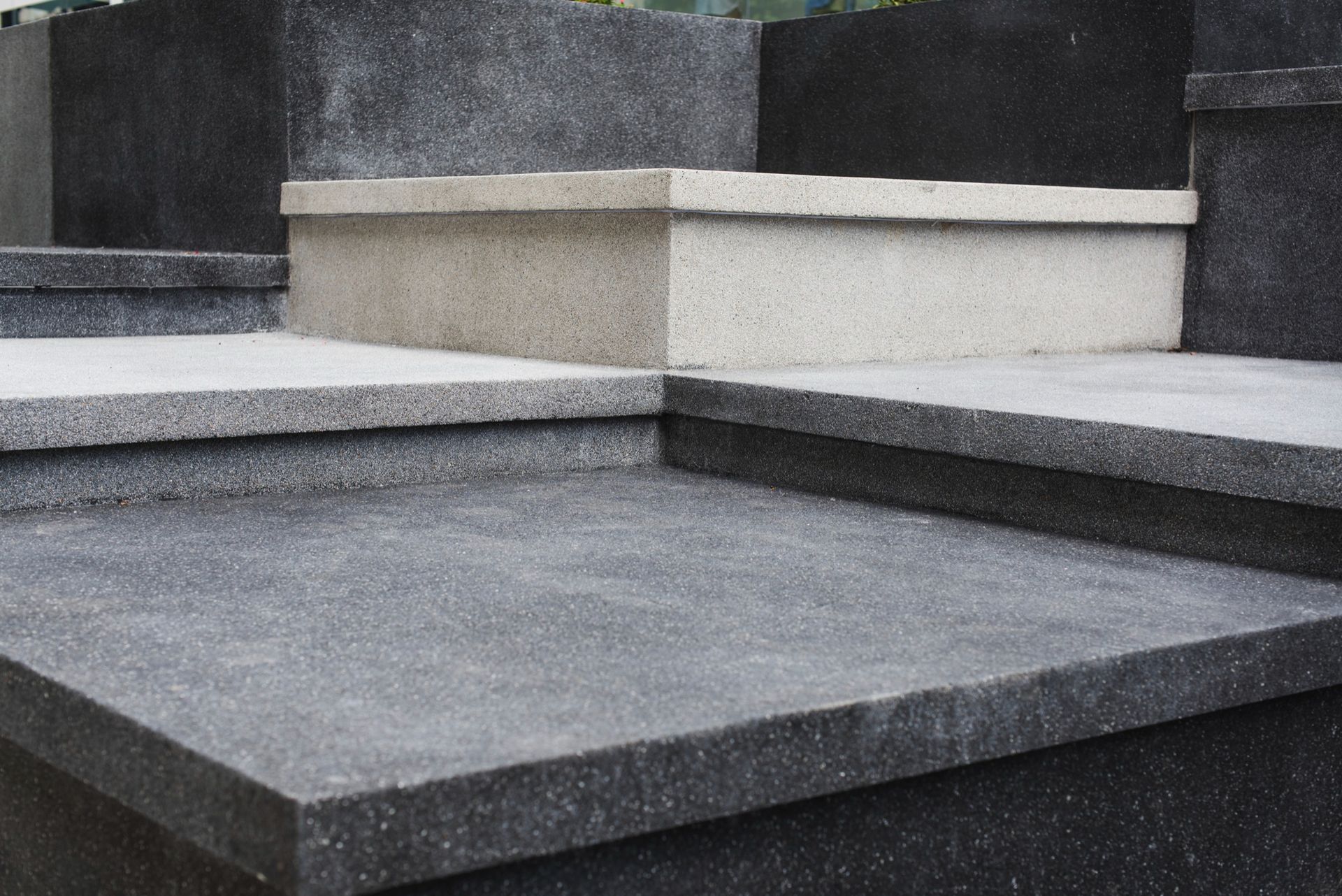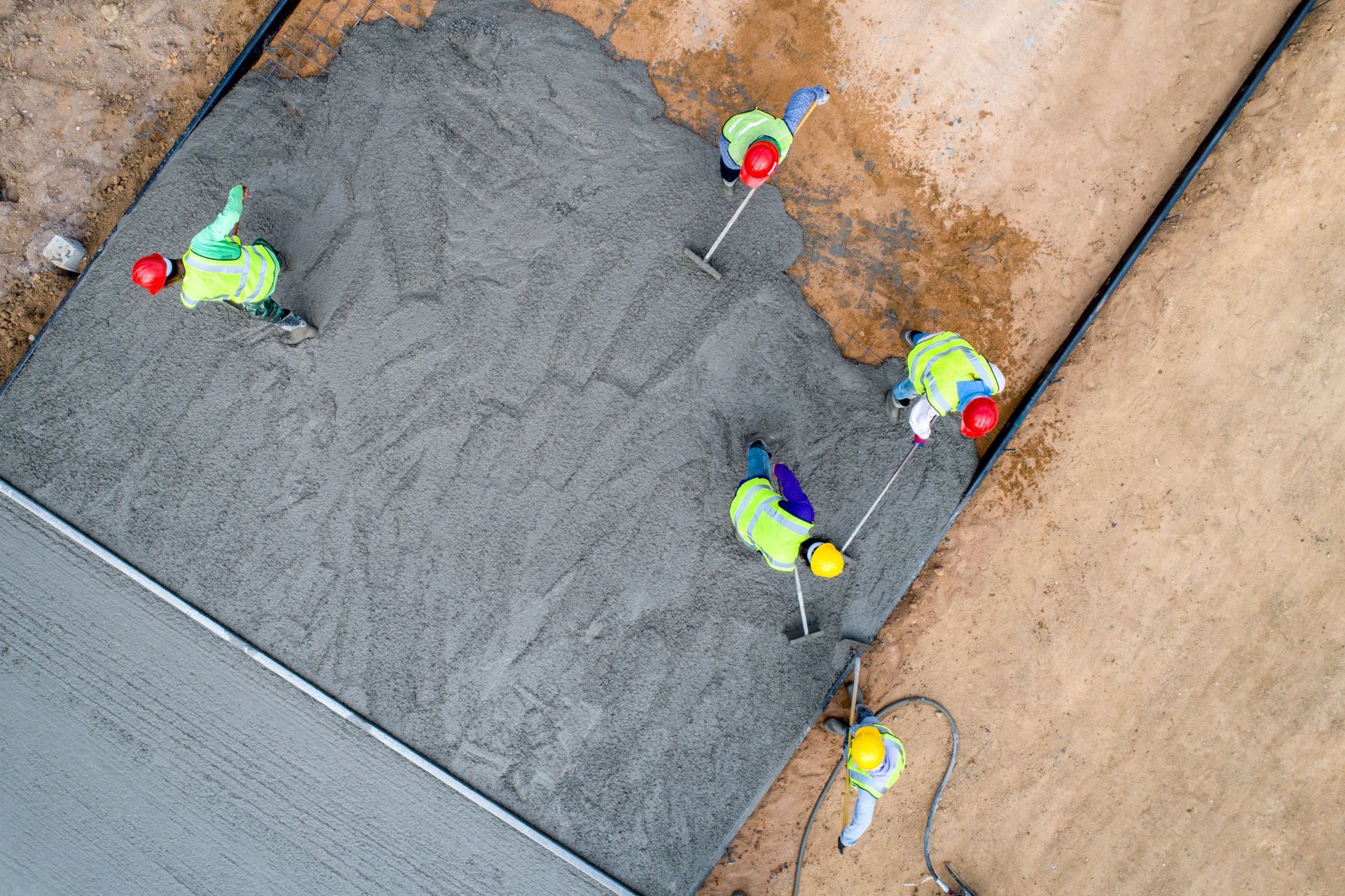Digging Deep: Uncovering the Secrets of Concrete Deck Footings
The allure of a backyard deck, beckoning you and your guests out into the open, is something that many homeowners dream of. And while the aesthetics, materials, and furnishings of the deck above ground get much attention, what lies beneath is equally—if not more—important. The secret to a long-lasting and stable deck lies in its foundation. Enter the world of concrete deck footings.
If you're looking to build a deck or simply understand the dynamics of what makes it secure, diving into the specifics of a concrete deck footing is essential. Let's dig deep and uncover the hidden intricacies that make it such a vital component of any outdoor structure.
What Exactly is a Concrete Deck Footing?
Think of a concrete deck footing as the anchor of a ship, securing it in place, regardless of the challenges on the surface. It is a concrete column that reaches below the frost line and distributes the weight of the deck evenly across the ground, preventing any unwanted shifts or movements.
A well-constructed concrete deck footing ensures your deck remains stable and secure, regardless of weather conditions, weight load, or time. It's the silent guardian that stands firm, holding your beautiful deck in place.
Why Concrete?
While there are multiple materials to choose from when it comes to constructing deck footings, concrete stands out for several reasons:
- Durability: Concrete, especially when reinforced, is known for its long-lasting nature. It doesn't corrode, rot, or get damaged easily. This ensures that your deck remains sturdy for years to come.
- Weight Distribution: Concrete deck footings provide an even distribution of the deck's weight. This means less pressure on individual sections of the ground, leading to minimal sinking or shifting.
- Resistance to Frost Heave: One of the primary reasons footings are dug deep and made with concrete is to resist the natural upward movement of ground soil when it freezes (frost heave). A concrete deck footing, when set below the frost line, ensures that the deck remains undisturbed even in freezing conditions.
The Anatomy of a Perfect Concrete Deck Footing
Creating the perfect concrete deck footing involves more than just digging a hole and filling it with concrete. Here are the key components and considerations:
- Depth and Width: The depth of the footing is crucial. It must surpass the frost line to prevent movement during freezes. Width, on the other hand, depends on the load of the deck. Generally, larger decks require wider footings.
- Reinforcements: Steel rebar is commonly used to reinforce concrete deck footings. The rebar provides additional strength and prevents the concrete from cracking under pressure.
- Drainage: It's essential to ensure that water doesn't accumulate around your concrete deck footing. Good drainage prevents water-related damages and prolongs the life of the footing.
- Concrete Mix: Not all concrete is the same. For deck footings, a mix designed to withstand the elements and resist cracking under load is ideal.
Common Mistakes to Avoid
To truly master the art of constructing the perfect concrete deck footing, one must be aware of common pitfalls:
- Skimping on Depth: As tempting as it might be to avoid digging deep, cutting corners on depth can lead to instability and movement in the future.
- Incorrect Positioning: The placement of footings is vital. Misaligned footings can lead to an uneven deck, which in turn can cause structural issues.
- Poor Quality Concrete: Investing in a high-quality concrete mix designed for footings can make a world of difference in longevity and strength.
The world beneath our decks, the one of concrete deck footings, might be out of sight, but it should never be out of mind. These silent pillars of strength are the unsung heroes of our outdoor spaces, ensuring safety, stability, and longevity. By understanding the secrets of a concrete deck footing, you're not just ensuring a strong foundation for your deck but also a peace of mind for yourself. So the next time you step out onto your deck, take a moment to appreciate the deep-seated strength beneath your feet.
Beyond the Basics: Modern Advancements in Concrete Deck Footings
The world of concrete deck footings is not stagnant. Like many areas in construction, it continues to evolve with the latest technological advancements and innovative design concepts. Let’s explore some of these exciting developments.
Helical Piles: The Twist in Concrete Deck Footings
A notable innovation in the world of deck footings is the introduction of helical piles. These are steel shafts with helical flights that are twisted into the ground. Once in place, a concrete deck footing is placed on top. The advantages of using helical piles include minimal soil disturbance, rapid installation, and immediate load transfer.
Precast Concrete Footings
Traditionally, concrete deck footings were always poured onsite. However, there’s a growing trend towards using precast concrete footings. These are manufactured in a controlled environment, ensuring consistent quality and strength. They are then transported to the construction site, reducing the time and potential errors associated with on-site pouring.
The Role of Technology
From computer-aided design (CAD) software to digital ground survey tools, technology plays a pivotal role in ensuring the precision and effectiveness of concrete deck footings. These tools enable contractors to map out the exact location, depth, and specifications of footings, reducing the chances of misalignment or incorrect placements.
Sustainable Approaches to Concrete Deck Footings
As the world grows more conscious of environmental concerns, even the realm of concrete deck footings is not untouched. Today, sustainable building practices advocate for eco-friendly concrete mixes, which use recycled materials or alternative binders. These not only reduce the carbon footprint of your deck project but also often offer enhanced durability and resistance to environmental stresses.
The Future of Concrete Deck Footings
Concrete deck footings have been the stalwarts of deck construction for decades. Yet, as with all things, innovation and research continuously drive change and improvements. Let's delve deeper into the fascinating prospects and developments shaping the future of concrete deck footings.
Self-Healing Concrete
One of the most groundbreaking developments in recent years is the creation of self-healing concrete. This isn't science fiction; it's a reality brought about by embedding specific bacteria within the concrete mix. These bacteria can lie dormant for years, but when exposed to water from cracks, they activate, producing limestone which seals the crack before it can become a structural concern. This not only prolongs the life of the footing but reduces maintenance costs and potential risks associated with structural damage.
Advanced Reinforcement Techniques
While steel rebar has long been a standard for reinforcing concrete deck footings, the future may hold alternatives. Composite materials, such as carbon fiber, are being researched as potential reinforcements. These materials can offer superior tensile strength, resistance to corrosion, and a lighter footprint than traditional steel.
Eco-Friendly Concrete Mixes
As sustainability becomes a driving factor in all construction endeavors, the concrete industry is no exception. Researchers are working on eco-friendly concrete mixes that utilize industrial waste products like fly ash or slag as partial cement replacements. These alternatives not only reduce CO2 emissions associated with cement production but can also enhance the durability and resistance of the concrete.
3D Printed Footings
The rise of 3D printing in construction is hard to ignore. As the technology becomes more refined and accessible, we may soon see 3D printed concrete deck footings. These could be designed to exact specifications, ensuring perfect load distribution and optimal performance. The precision and efficiency of 3D printing could revolutionize the way we approach the foundational aspects of deck construction.
Smart Sensors Integration
The integration of smart technology within construction materials is another horizon to watch. Imagine concrete deck footings embedded with sensors that can relay information about the health and integrity of the structure in real-time. These sensors could monitor for stress, shifts, moisture content, or even temperature changes, providing early warnings to homeowners and builders about potential issues.
The future of concrete deck footings is undeniably bright and brimming with possibilities. As technology and research push the boundaries, we'll likely witness a new era of deck construction where durability, sustainability, and intelligence go hand in hand. It's an exciting time for builders and homeowners alike, ensuring that the decks of the future will not only be beautiful to behold but also smarter and more resilient than ever before.
Conclusion
Concrete deck footings, though humble and often hidden, are indeed the foundation of any great deck. They've stood the test of time, proving their worth in countless decks around the world. But as we've seen, they're not just relics of traditional construction. They're evolving, improving, and adapting to the modern world's demands.
For those in North Collins, NY, considering an expert touch for their concrete deck footings, Bri-Mic Construction, Inc. is the go-to service provider. With their impeccable track record and unparalleled expertise, they ensure that your deck stands strong and beautiful for years to come. Reach out to them at 716-337-0500 for consultations and services.
So, whether you're a homeowner looking to revamp your outdoor space or a professional builder, understanding and respecting the intricate world of concrete deck footings is paramount. They may be buried deep in the ground, but their importance and the innovations around them should always remain top of mind.

